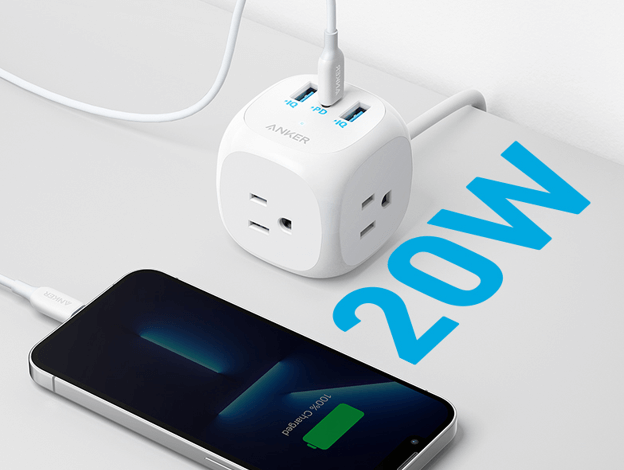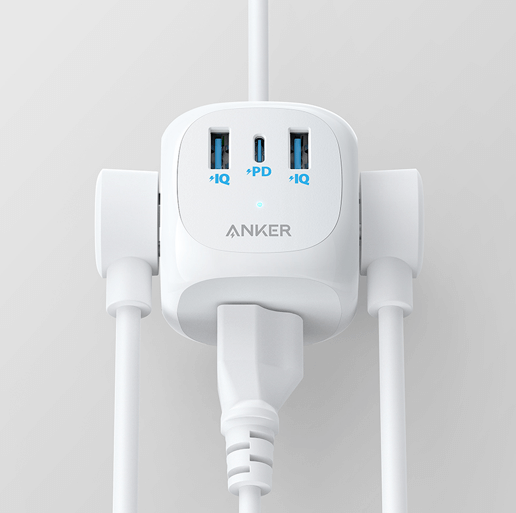What You Need to Know About Installing and Using Surge Protector Power Strips

Surge protector power strips are essential components of any modern household, providing crucial protection against electrical surges and ensuring the safety of your valuable electronic devices. However, proper installation and usage are key to maximizing the effectiveness of surge protector power strips. In this article, we’ll delve into everything you need to know about installing and using these indispensable devices.
Understanding Surge Protector Power Strips
Before diving into installation and usage, it’s essential to understand what surge protector power strips are and how they work. Surge protector power strips are equipped with built-in circuitry designed to detect voltage spikes or surges in electrical currents. When a surge occurs, the surge protector diverts excess electricity away from connected devices, preventing damage to sensitive electronics such as computers, TVs, and gaming consoles.
Choosing the Right Surge Protector
The first step in installing a surge protector power strip is selecting the right one for your needs. Consider factors such as the number of outlets required, the joule rating (which indicates the amount of energy the surge protector can absorb), and additional features like USB ports or LED indicators. Opt for a surge protector power strip with a high joule rating and reputable brand to ensure optimal protection for your devices.
Installation Tips
Installing a surge protector power strip is a straightforward process, but there are a few important considerations to keep in mind:
- Location:
Choose a location for the surge protector power strip that is easily accessible and away from water sources. Avoid placing it behind furniture or in areas prone to excessive heat or humidity.
- Plug Orientation:
When plugging in devices, be mindful of the orientation of the plugs to avoid overcrowding or blocking neighboring outlets. Opt for plugs with right-angle designs to maximize space and prevent cable clutter.
- Avoid Daisy-Chaining:
Do not daisy-chain surge protector power strips, meaning do not plug one power strip into another. This can overload the circuit and increase the risk of electrical hazards.
- Regular Inspection:
Periodically inspect the surge protector power strip for signs of wear or damage, such as frayed cords or melted plastic. Replace the surge protector if any issues are detected to maintain optimal safety.
Proper Usage
Once installed, it’s important to use the surge protector power strip correctly to ensure effective protection for your devices:
- Do Not Overload:
Avoid overloading the surge protector power strip by plugging in too many high-powered devices. Refer to the manufacturer’s guidelines for the maximum load capacity of the surge protector.
- Unplug During Storms:
During thunderstorms or electrical storms, unplug sensitive electronics from the surge protector power strip to prevent damage from lightning strikes or power surges.
- Reset When Necessary:
Some surge protector power strips are equipped with reset buttons that need to be pressed after a surge occurs. Familiarize yourself with the reset procedure and follow it as needed to maintain protection.

Conclusion
In conclusion, surge protector power strips are invaluable tools for safeguarding your electronic devices against electrical surges. By understanding how to properly install and use the surge protector power strip, you can ensure the longevity and effectiveness of your devices while enjoying peace of mind knowing they are protected against unexpected power fluctuations.




